Home>Storage & Organization>Kitchen Organizing Tools>How Many Cats Can Use One Litter Box
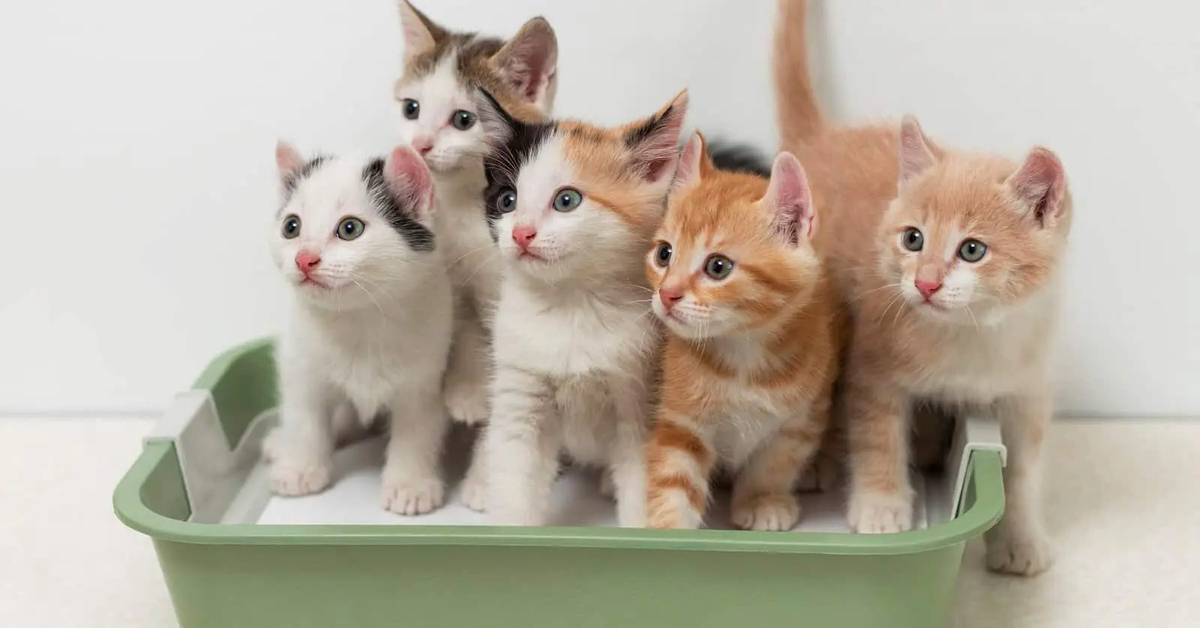

Kitchen Organizing Tools
How Many Cats Can Use One Litter Box
Modified: February 25, 2024
Discover the best kitchen organizing tools for efficient space utilization and clutter-free countertops. Find the perfect solutions for your kitchen today!
(Many of the links in this article redirect to a specific reviewed product. Your purchase of these products through affiliate links helps to generate commission for Storables.com, at no extra cost. Learn more)
Introduction
When it comes to feline companions, the number of litter boxes in a household is a crucial consideration for maintaining a clean and harmonious environment. The question of how many cats can use one litter box is a common concern among cat owners, especially those who share their homes with multiple furry friends. Understanding the dynamics of litter box usage and the factors that influence it is essential for ensuring the well-being of both the cats and their human companions.
The relationship between cats and litter boxes is a delicate balance that hinges on various factors, including the number of cats in the household, their individual preferences, and the accessibility of the litter boxes. As territorial animals, cats have distinct preferences when it comes to their elimination habits, and these preferences can be influenced by a range of environmental and social factors.
In this comprehensive guide, we will delve into the intricate world of feline behavior and litter box dynamics to shed light on the optimal number of cats per litter box. By exploring the factors that affect this equation and providing practical tips for managing multiple cats and litter boxes, we aim to empower cat owners with the knowledge and insights needed to create a harmonious and hygienic living space for their beloved feline companions. So, let's embark on this enlightening journey into the world of cats and litter boxes, where we will unravel the mysteries and unveil the secrets to maintaining a purr-fectly balanced environment for our furry friends.
Key Takeaways:
- Cats prefer one litter box per cat, plus an extra. Strategic placement, diverse box types, and regular cleaning promote harmony and hygiene in multi-cat homes.
- Understanding cat hierarchy, individual preferences, and environmental stressors helps create a balanced litter box environment for multiple feline friends.
Factors Affecting the Number of Cats per Litter Box
The number of cats that can comfortably share a litter box is influenced by a myriad of factors, each playing a crucial role in determining the optimal feline-to-litter-box ratio. Understanding these factors is essential for creating a conducive environment that promotes proper elimination habits and minimizes potential conflicts among cats. Let's explore the key factors that come into play when determining the number of cats per litter box:
1. Cat Hierarchy and Social Dynamics
Cats are inherently territorial animals, and their social dynamics within a multi-cat household can significantly impact their litter box habits. In a hierarchy-based social structure, dominant cats may assert control over specific resources, including litter boxes, potentially causing subordinate cats to seek alternative elimination sites. Understanding the social dynamics and hierarchies within a group of cats is essential for ensuring that each feline has access to a suitable number of litter boxes.
2. Individual Preferences and Elimination Habits
Just like humans, cats have unique preferences and habits when it comes to using the litter box. Some cats may prefer privacy and seclusion, while others may exhibit fastidious behaviors that necessitate frequent litter box maintenance. Understanding the individual preferences and elimination habits of each cat is crucial for providing an environment that accommodates their specific needs.
3. Litter Box Accessibility and Placement
The accessibility and placement of litter boxes play a pivotal role in determining the number of cats that can comfortably share them. Litter boxes should be strategically distributed throughout the living space to ensure that all cats have convenient access to them. Additionally, the type of litter box and its size can influence its appeal to different cats, with some preferring open trays while others favor enclosed or hooded designs.
Read more: How To Teach A Cat To Use A Litter Box
4. Litter Box Maintenance and Cleanliness
Maintaining a clean and hygienic litter box environment is essential for promoting consistent litter box usage among multiple cats. Cats are fastidious creatures, and they may be deterred from using a soiled or malodorous litter box. Regular cleaning and maintenance of litter boxes are imperative for ensuring that they remain appealing and functional for all resident cats.
5. Environmental Stressors and Behavioral Issues
Environmental stressors, such as changes in the household, the introduction of new pets, or disruptions to the cats' routines, can impact their litter box habits. Additionally, underlying behavioral issues, such as anxiety or territorial marking, can influence the number of litter boxes needed to accommodate the cats' needs effectively.
By considering these factors and their implications for feline behavior and litter box usage, cat owners can make informed decisions regarding the number of litter boxes required to support a harmonious and hygienic environment for their beloved feline companions.
Ideal Number of Cats per Litter Box
The ideal number of cats per litter box is a critical consideration for cat owners seeking to maintain a hygienic and harmonious living environment for their feline companions. While there is no one-size-fits-all answer to this question, several guidelines can help determine the optimal feline-to-litter-box ratio.
In general, the rule of thumb is to provide one litter box per cat, plus an additional box to accommodate the household's total number of cats. This approach helps address individual preferences, territorial dynamics, and the diverse elimination habits of multiple cats. By offering a surplus of litter boxes, cat owners can mitigate potential conflicts and ensure that each feline has ample access to a clean and inviting elimination space.
However, the ideal number of cats per litter box can also be influenced by the layout and dynamics of the living space. In larger homes or multi-level dwellings, strategically placing litter boxes on each floor or in various secluded areas can help cater to the needs of multiple cats. This distribution of litter boxes ensures that no cat is unduly restricted in accessing a suitable elimination site, thereby promoting consistent litter box usage and minimizing the likelihood of accidents or territorial disputes.
Additionally, observing the cats' behaviors and interactions with the litter boxes can provide valuable insights into the ideal feline-to-litter-box ratio. If certain cats exhibit a preference for specific litter boxes or demonstrate territorial behaviors around them, it may be beneficial to increase the number of available boxes to accommodate their individual needs.
Furthermore, considering the unique preferences and habits of each cat is essential for determining the ideal number of cats per litter box. Some cats may prefer separate elimination spaces, while others may be comfortable sharing a litter box with a feline companion. By respecting these individual differences and providing a sufficient number of litter boxes, cat owners can create an environment that supports the diverse needs and behaviors of their beloved feline friends.
Ultimately, the ideal number of cats per litter box is a dynamic and adaptable concept that hinges on the specific dynamics and requirements of each feline household. By prioritizing accessibility, cleanliness, and individual preferences, cat owners can establish an environment that fosters positive litter box habits and promotes the well-being of their cherished cats.
Tips for Managing Multiple Cats and Litter Boxes
-
Strategic Placement: Position litter boxes in various locations throughout the home to ensure accessibility for all cats. Consider placing them in quiet, low-traffic areas to provide a sense of privacy and security for the felines.
-
Multiple Types of Litter Boxes: Offer a variety of litter box designs, including open trays, enclosed boxes, and self-cleaning options. Cats have diverse preferences, and providing a range of litter box styles can cater to their individual needs.
-
Regular Cleaning Routine: Establish a consistent cleaning schedule to maintain the litter boxes in a pristine condition. Regular scooping and thorough cleaning not only promote hygiene but also encourage cats to use the designated elimination spaces.
-
Litter Box Size and Depth: Ensure that the litter boxes are spacious enough to accommodate the cats comfortably. Cats may have varying preferences for litter depth, so experimenting with different depths can help determine the ideal setup for each feline.
-
Monitor Litter Box Usage: Keep a close eye on the cats' litter box habits to identify any potential issues or conflicts. Monitoring usage patterns can reveal insights into individual preferences and help address any emerging problems promptly.
-
Address Behavioral Concerns: If any cat exhibits signs of stress, anxiety, or territorial behavior related to litter box usage, seek guidance from a veterinarian or animal behaviorist. Addressing underlying behavioral issues is crucial for maintaining a harmonious environment.
-
Provide Adequate Resources: In multi-cat households, ensure that there are enough resources such as food, water, scratching posts, and resting areas to minimize competition and potential conflicts, which can indirectly impact litter box usage.
-
Positive Reinforcement: Encourage positive litter box behaviors through praise, treats, and affection. Positive reinforcement can reinforce desirable habits and create a positive association with using the litter boxes.
-
Consideration for Senior Cats: For households with senior cats, consider placing litter boxes in easily accessible locations and opting for low-entry or ramp-accessible litter boxes to accommodate any mobility challenges.
-
Seek Professional Advice: If challenges persist in managing multiple cats and litter boxes, consult with a veterinarian or feline behavior specialist for personalized guidance and support.
By implementing these tips, cat owners can create a conducive environment that supports the diverse needs of multiple cats and fosters positive litter box habits, ultimately contributing to a harmonious and hygienic living space for both the feline companions and their human caregivers.
Read more: How Often Should A Cat Use The Litter Box?
Conclusion
In the intricate realm of feline companionship, the question of how many cats can use one litter box is a multifaceted consideration that intertwines the unique dynamics of each feline household. As we navigate this exploration of litter box management and the complexities of multi-cat environments, it becomes evident that the ideal number of cats per litter box is not a rigid formula but rather a nuanced equilibrium that hinges on various factors.
By delving into the factors that influence the number of cats per litter box, we gain valuable insights into the intricate interplay of feline behavior, social dynamics, and environmental considerations. The hierarchical structures within multi-cat households, the diverse elimination habits of individual cats, and the accessibility and maintenance of litter boxes all converge to shape the optimal feline-to-litter-box ratio. Understanding these factors empowers cat owners to make informed decisions that cater to the specific needs and preferences of their cherished feline companions.
The ideal number of cats per litter box is not solely determined by numerical calculations but is deeply intertwined with the principles of accessibility, individuality, and adaptability. By embracing the concept of providing one litter box per cat, plus an additional box, cat owners can lay a foundation for accommodating the diverse needs and behaviors of their feline household. Furthermore, the strategic placement of litter boxes, the observance of cats' behaviors, and the proactive management of environmental stressors all contribute to creating a harmonious and hygienic environment that supports positive litter box habits.
As we conclude this enlightening journey into the world of cats and litter boxes, it becomes clear that the management of multiple cats and litter boxes is a dynamic and evolving endeavor. By implementing strategic placement, offering diverse litter box options, maintaining a consistent cleaning routine, and addressing individual preferences, cat owners can cultivate an environment that fosters positive litter box habits and promotes the well-being of their beloved feline companions.
In essence, the ideal number of cats per litter box transcends mere arithmetic and embodies a holistic approach that honors the individuality and well-being of each feline resident. By embracing this approach, cat owners can create a nurturing and harmonious environment that celebrates the unique personalities and behaviors of their cherished cats, ultimately fostering a bond built on understanding, care, and mutual respect.
Frequently Asked Questions about How Many Cats Can Use One Litter Box
Was this page helpful?
At Storables.com, we guarantee accurate and reliable information. Our content, validated by Expert Board Contributors, is crafted following stringent Editorial Policies. We're committed to providing you with well-researched, expert-backed insights for all your informational needs.
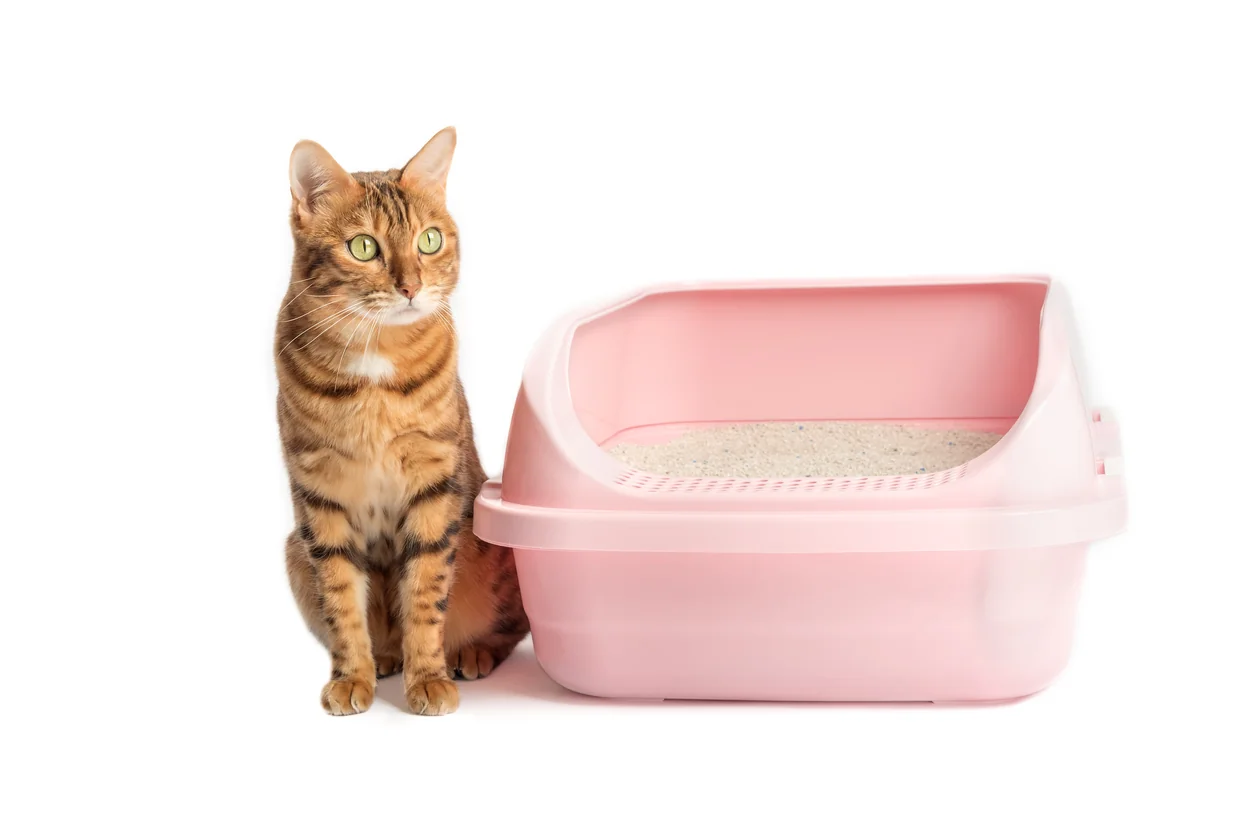
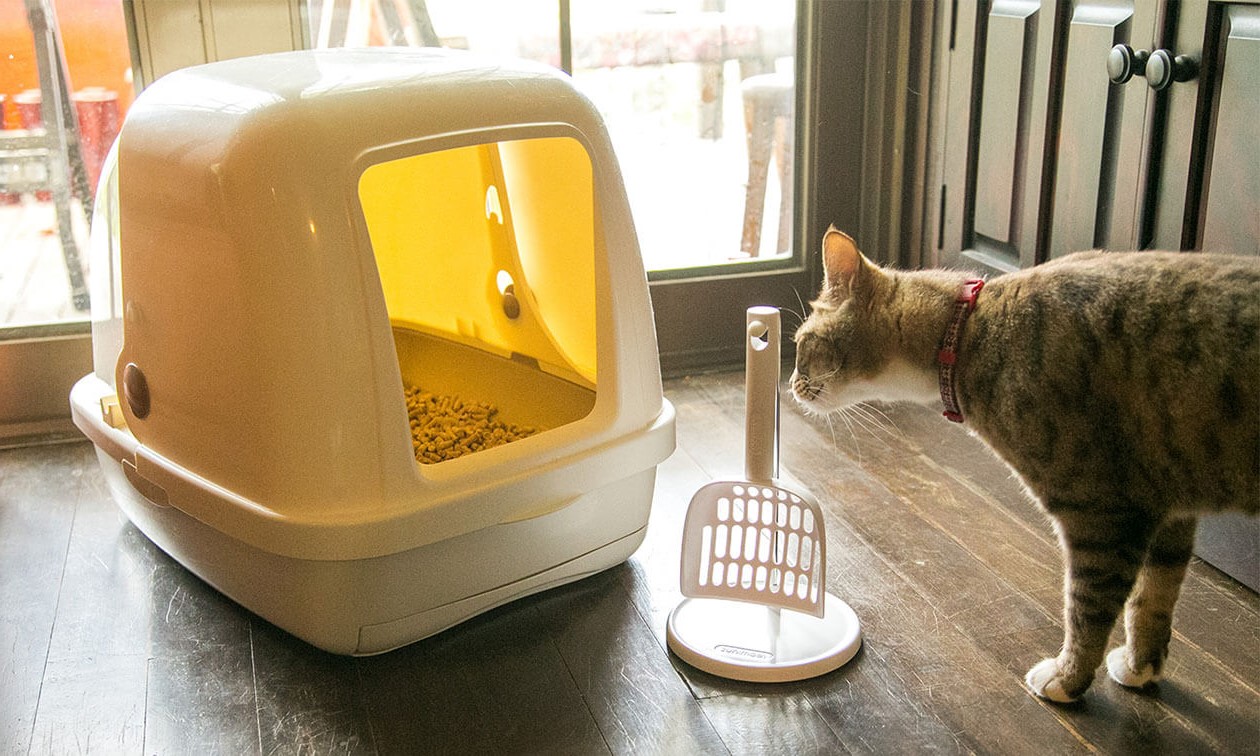
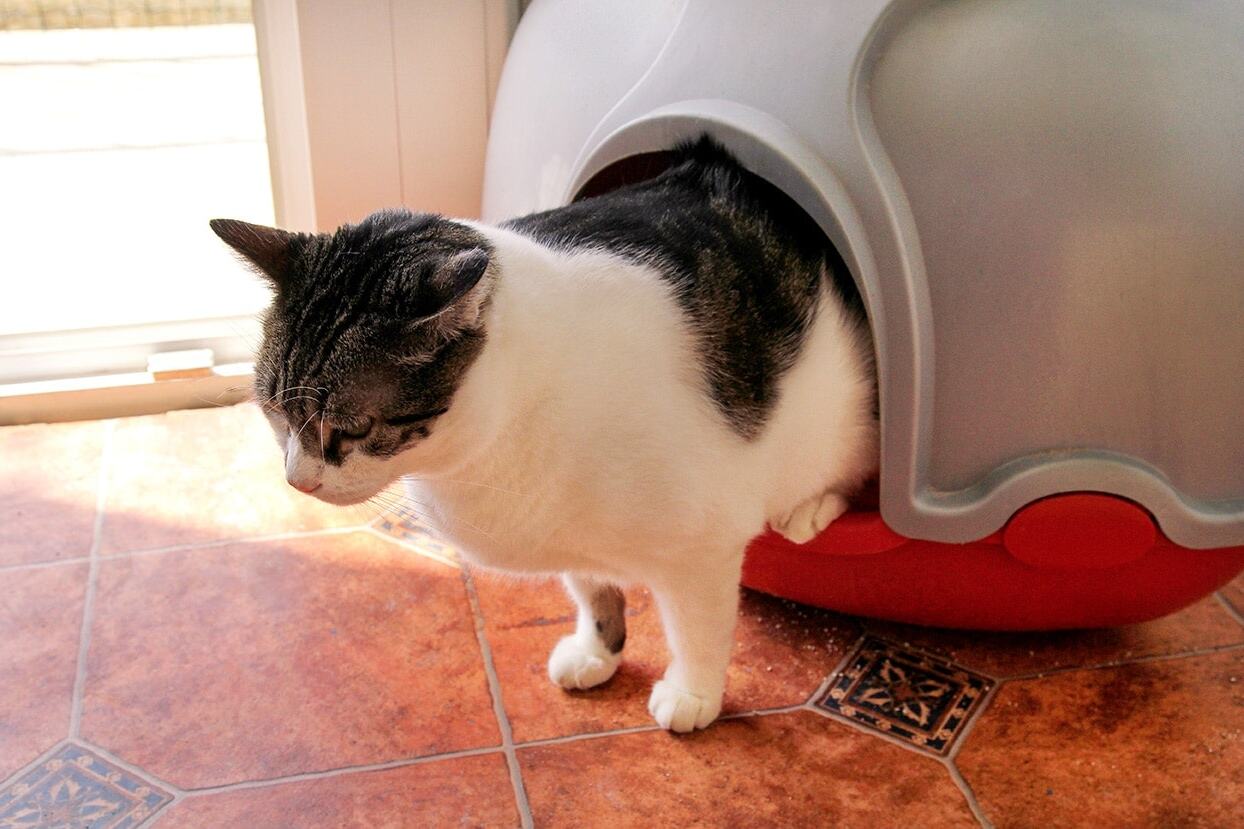
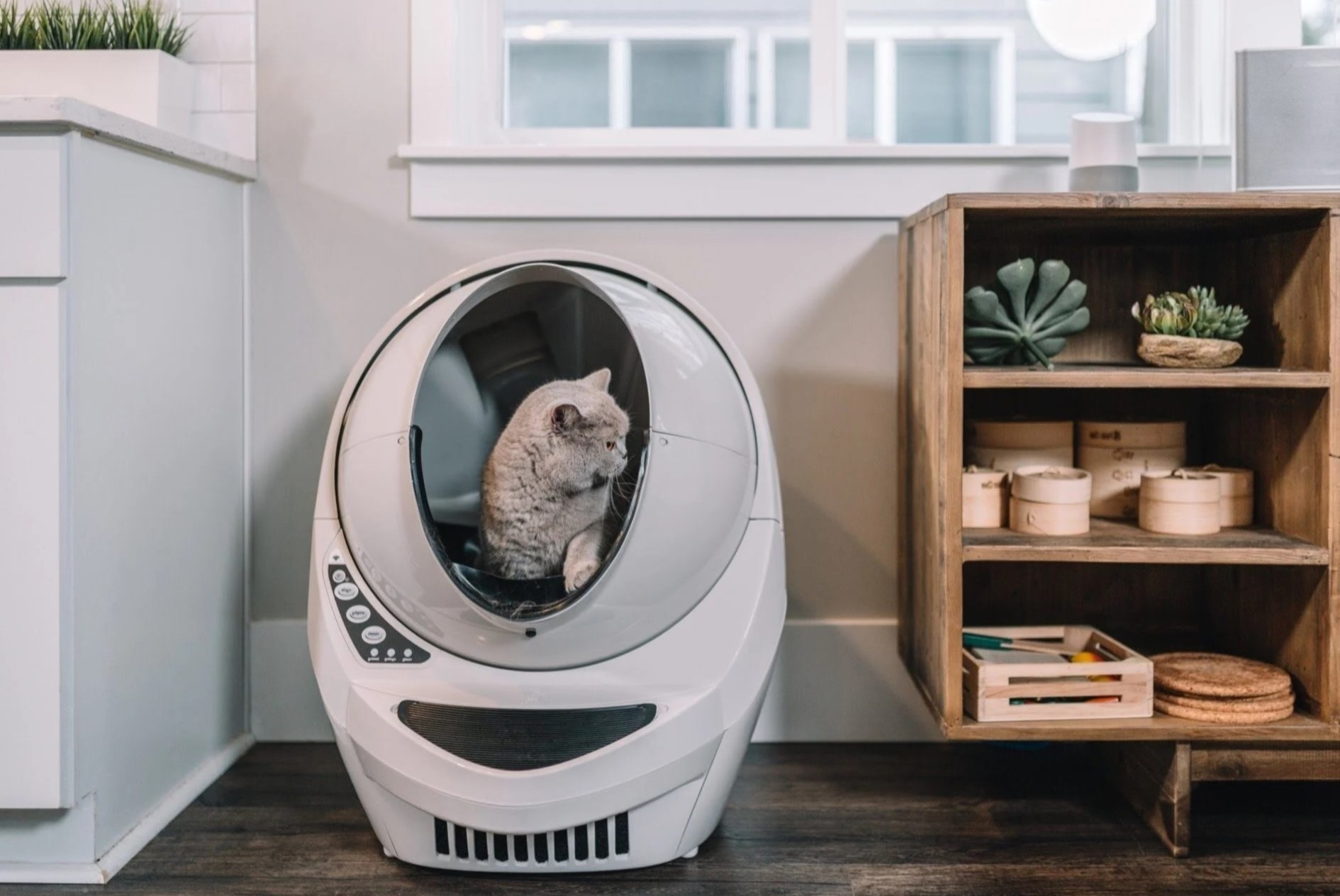
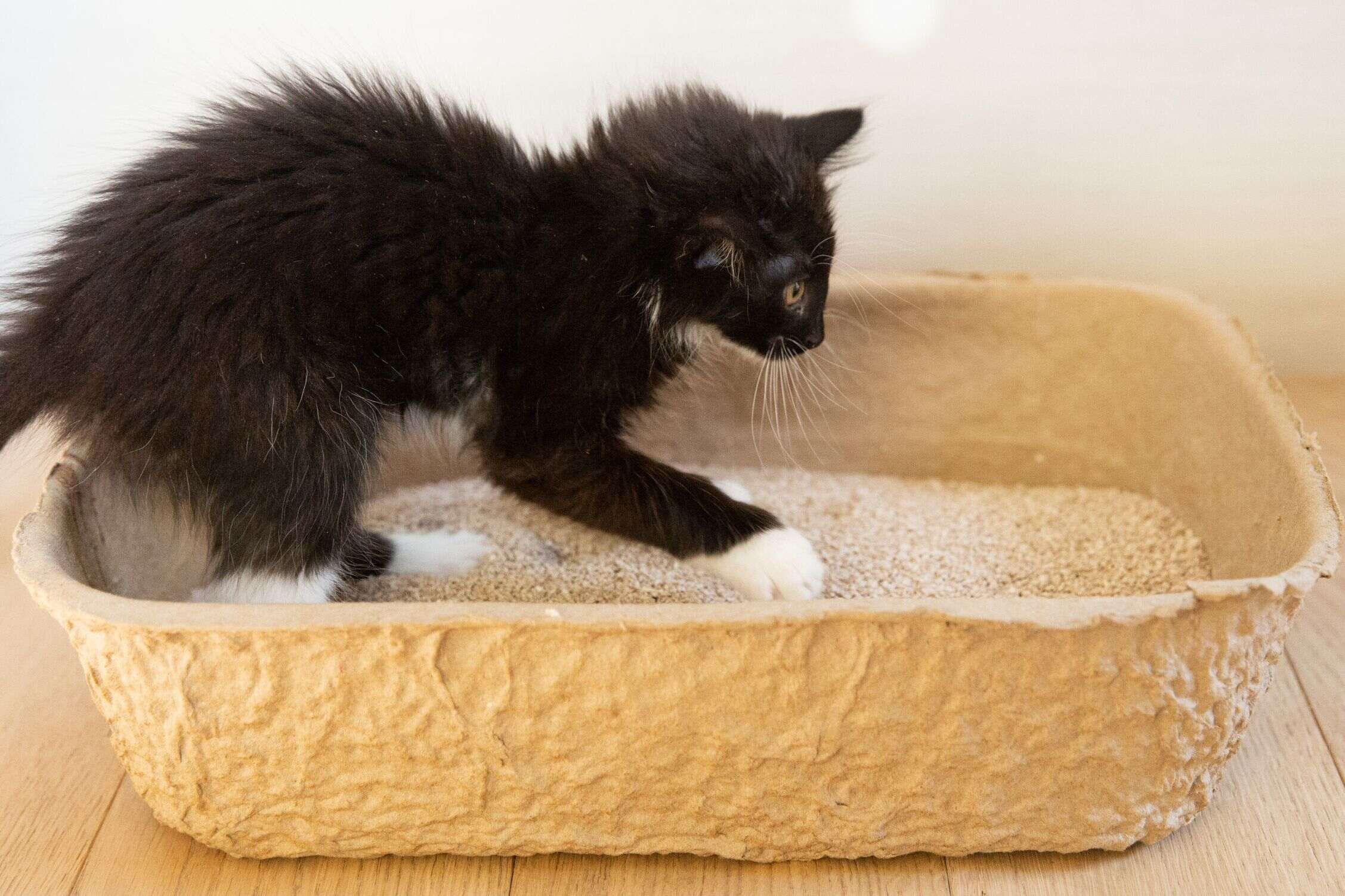
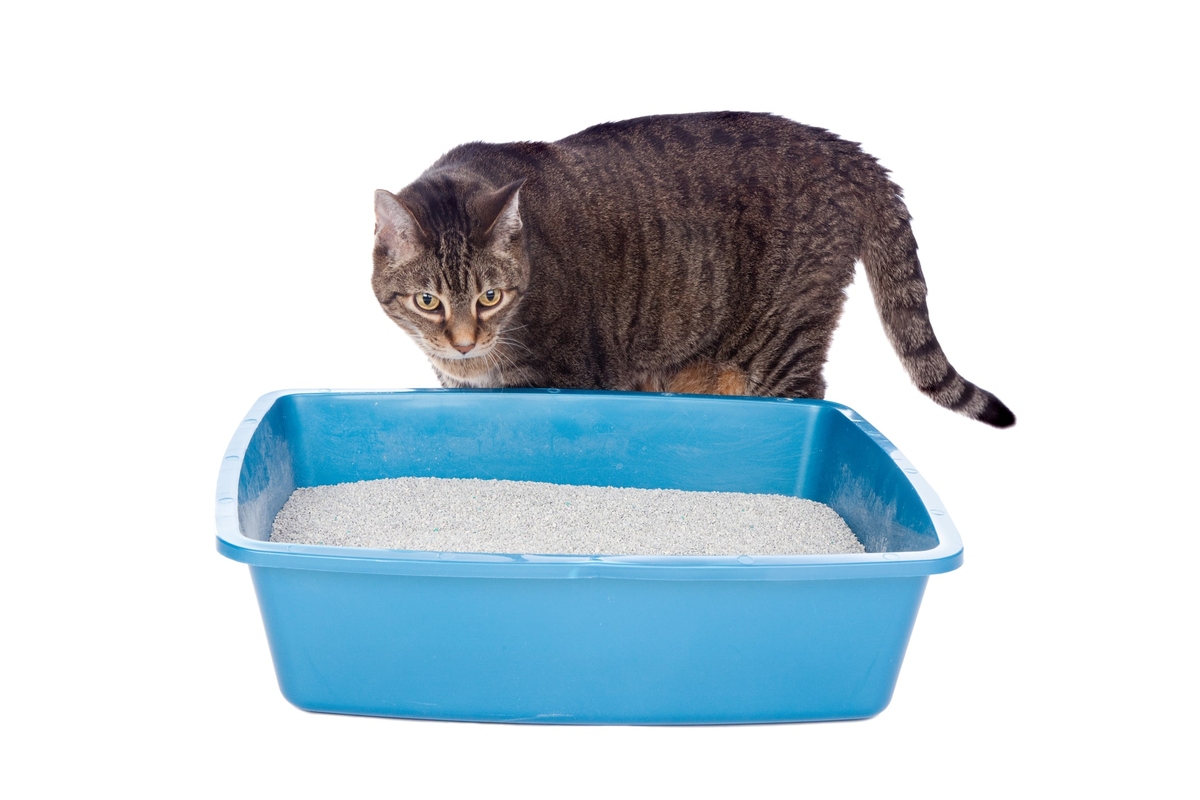

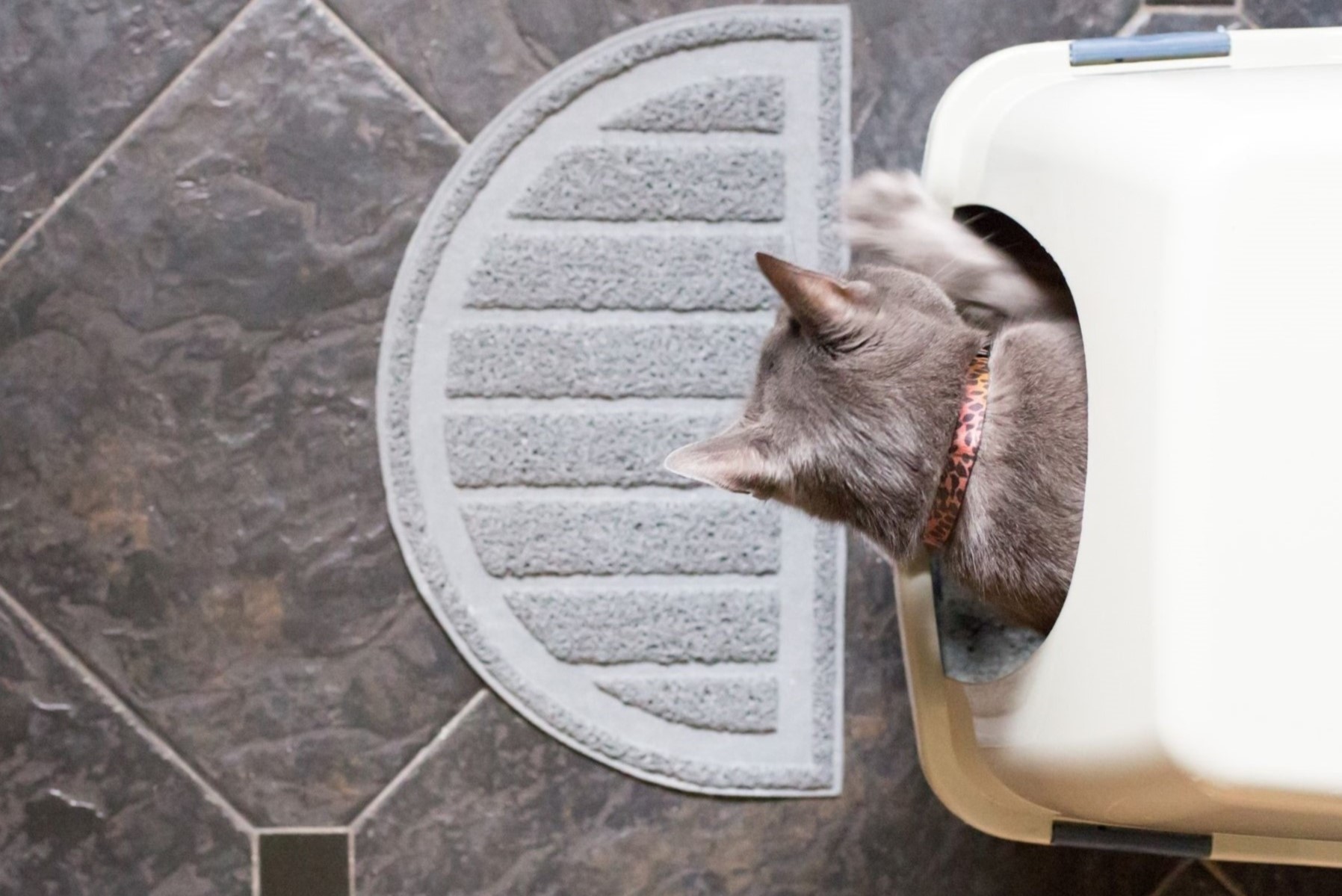
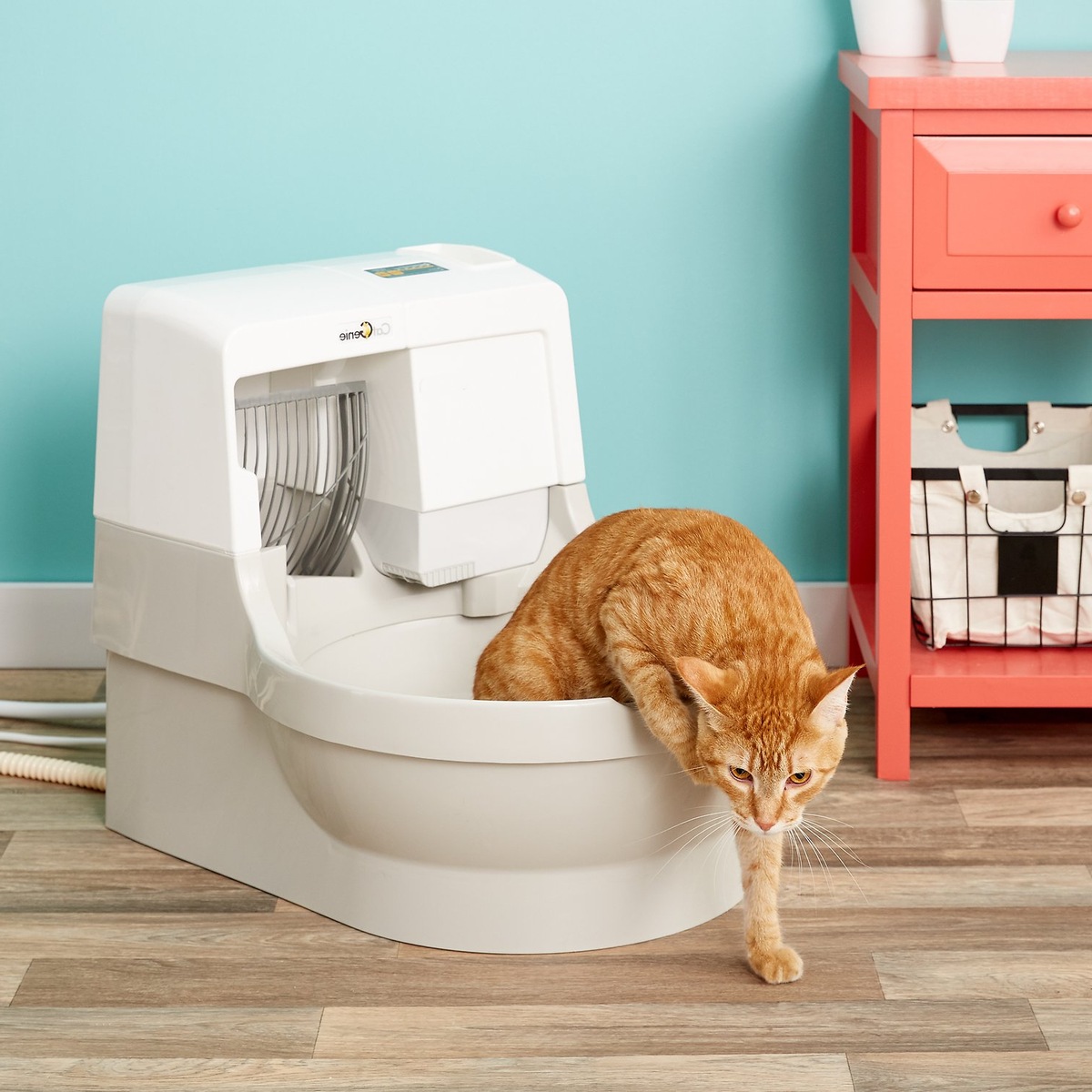
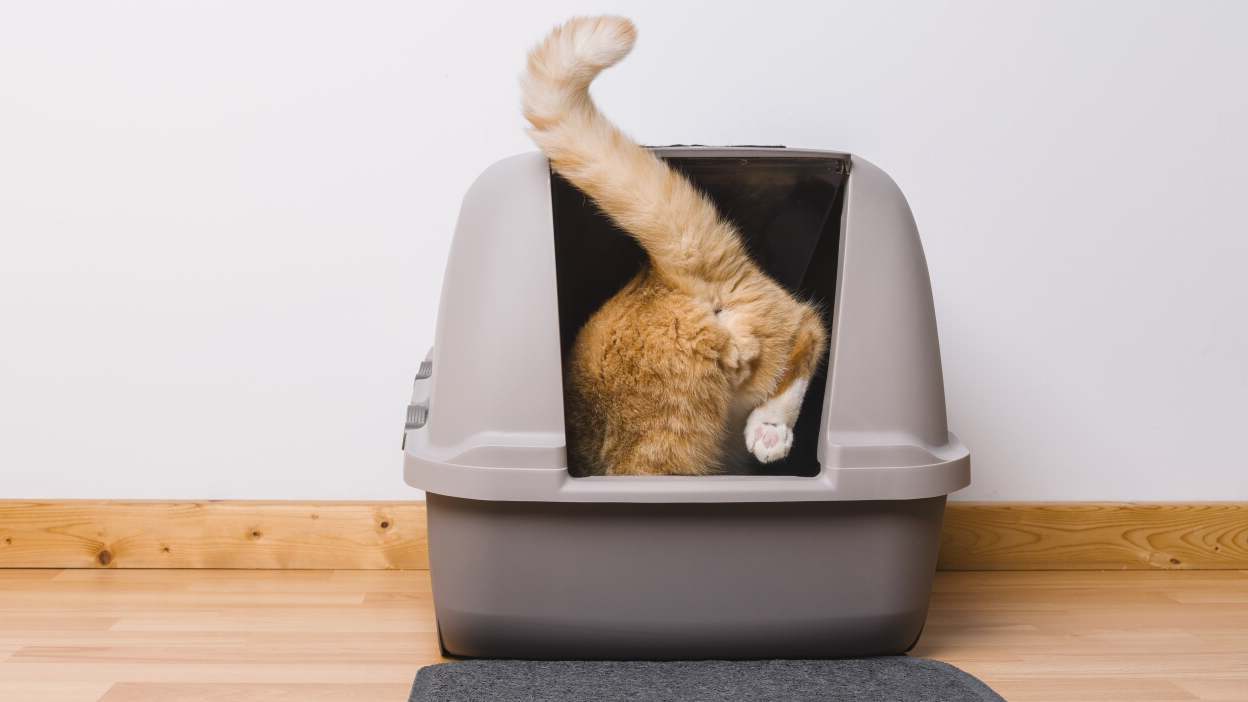
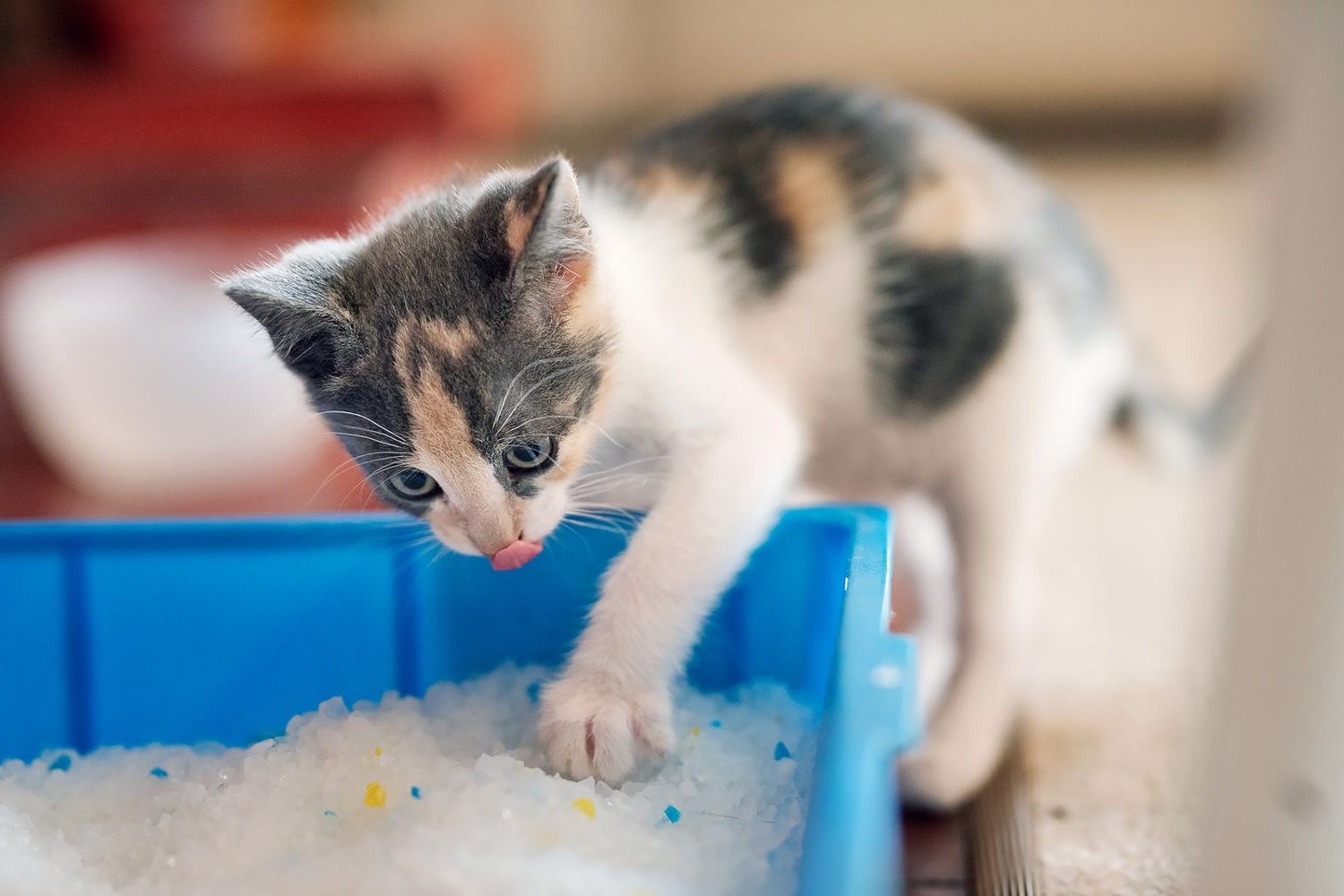
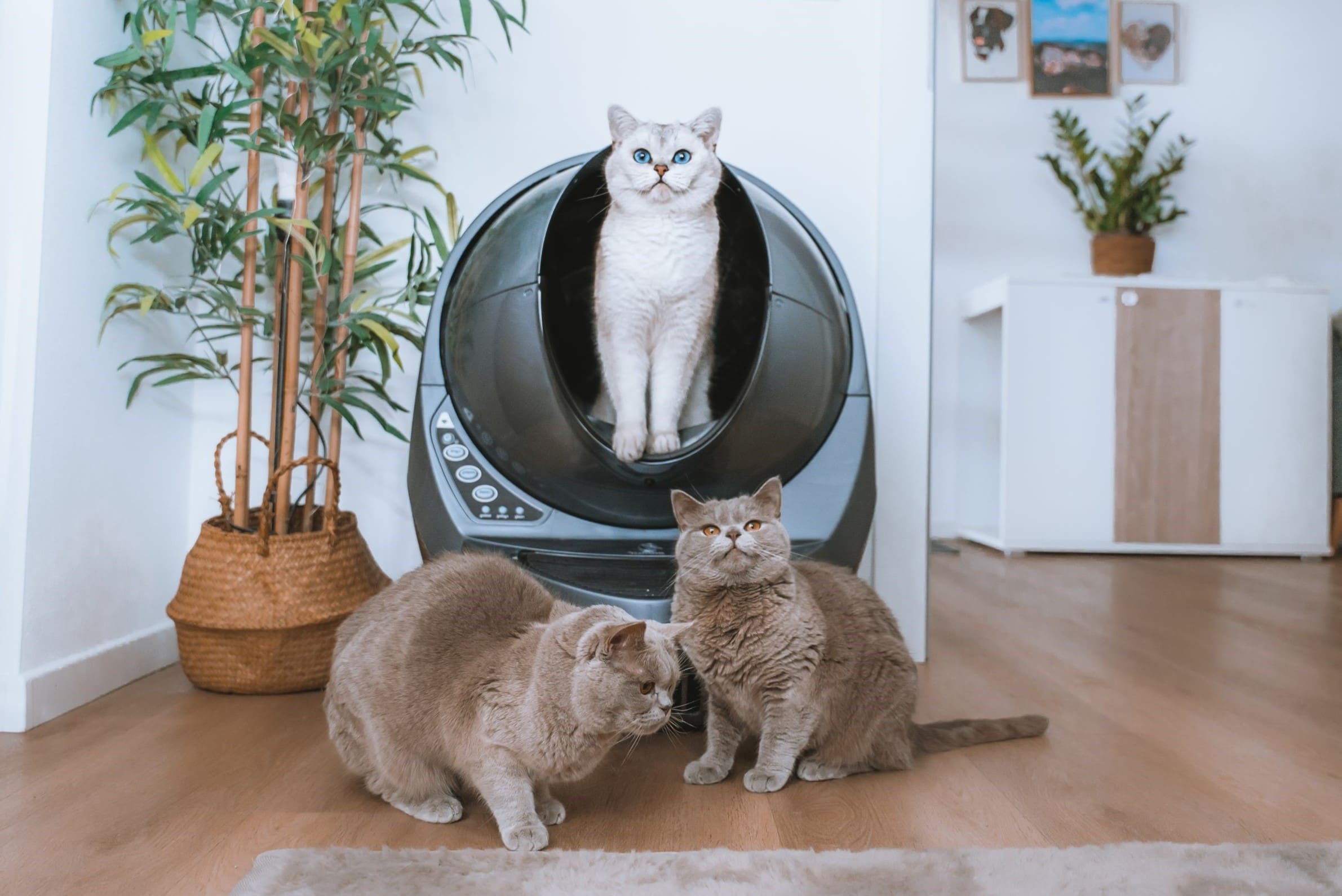
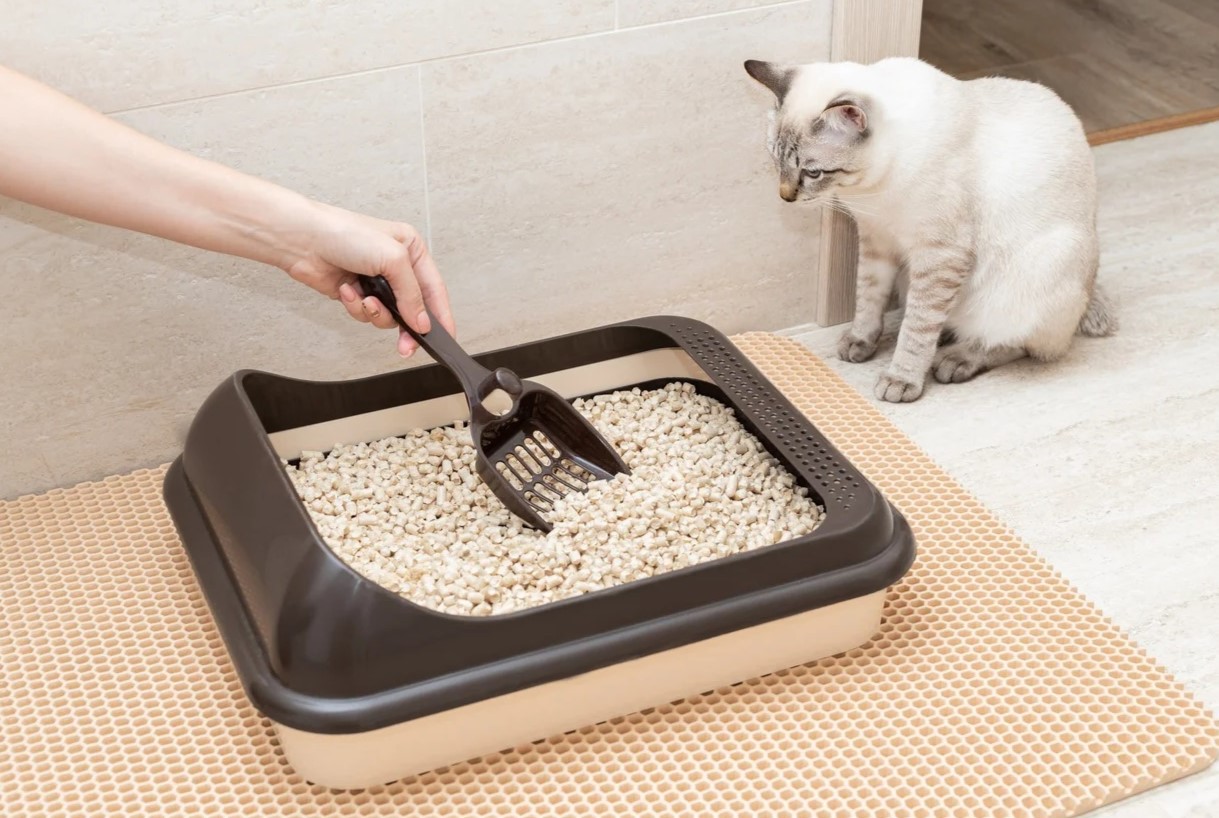

0 thoughts on “How Many Cats Can Use One Litter Box”